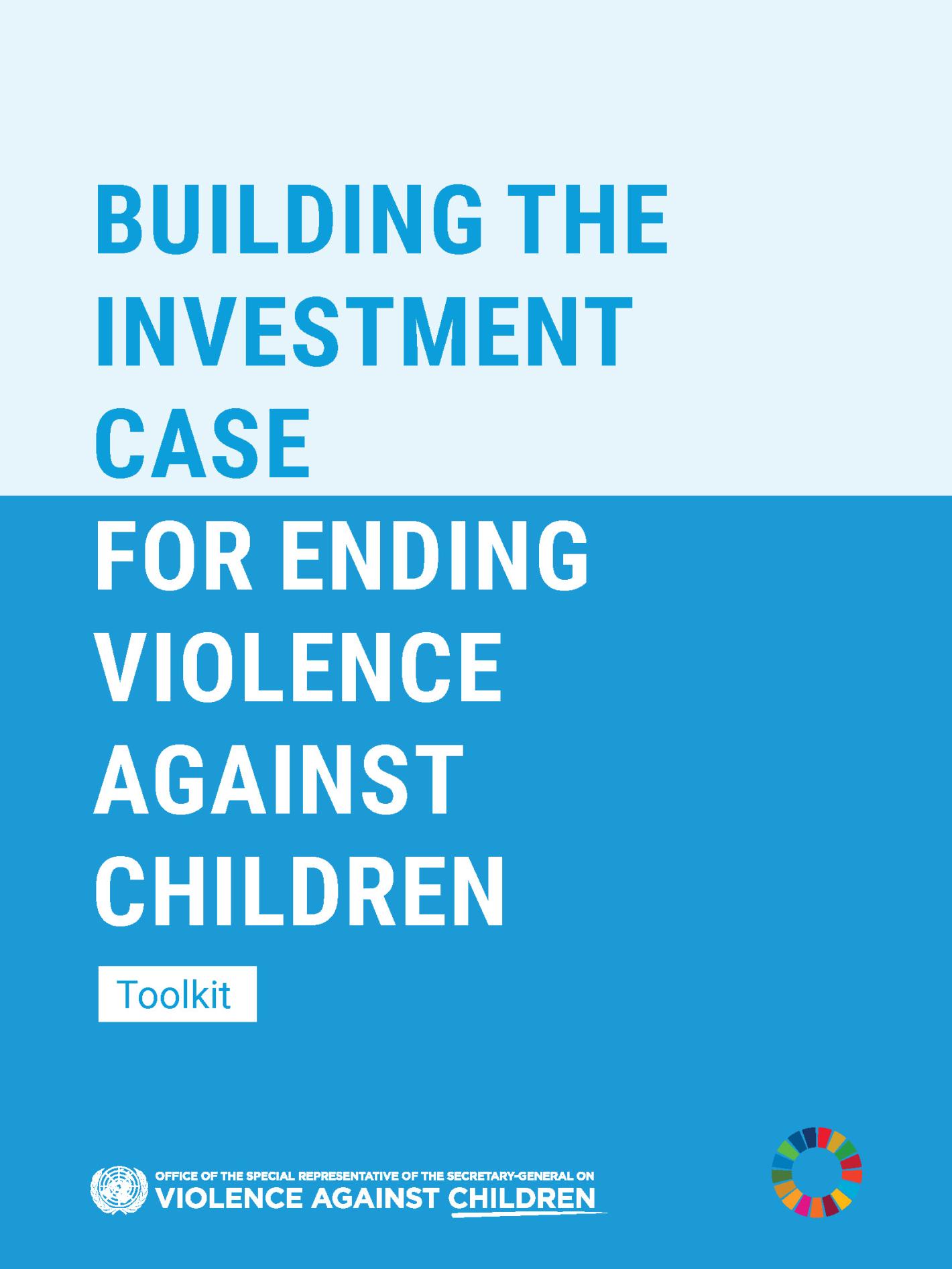
Toolkit | Building the investment case for ending violence against children
- 13 May 2025
In 2022, the Office of the Special Representative of the Secretary-General on Violence against Children (OSRSG VAC), the United Nations Children’s Fund (UNICEF), ChildFund Alliance, Plan International, Save the Children and World Vision International published an advocacy brief – The Violence Prevention Dividend: Why preventing violence against children makes economic sense. The brief is underpinned by research confirming the high costs of violence against children to society, and the significant returns that could accrue from investments made in interventions to prevent and respond to violence against children. The research highlights the need for a paradigm shift, from viewing expenditure on the protection of children from violence as a cost to viewing it as an investment. This Toolkit builds on and updates that research.
Part A explores why it is important to develop an investment case to prevent and respond to violence against children. Violence against children is widespread, impacting children directly and imposing costs on governments and economies. Though current levels of government spending on the prevention of violence against children are low, there is high potential for returns from investing in prevention and response programmes. Part A outlines the violence prevention dividend governments can realize by developing and funding an integrated, cross-sectoral approach to tackle violence against children. It is relevant to all stakeholders who wish to further understand both the importance of investments to prevent and respond to violence against children and the current evidence within this space.
Part B describes how to develop an investment case to prevent and respond to violence against children. It details different studies to gather and generate the information necessary to present a persuasive case to governments, setting out why they should invest more in integrated strategies to prevent and respond to violence against children. It provides a stepwise approach to developing and using these component studies to make a compelling investment case. As a technical guideline, Part B is chiefly relevant to practitioners who will develop investment cases for preventing and responding to violence against children, to parties who will commission and fund such studies, and to stakeholders who will engage with the results.
